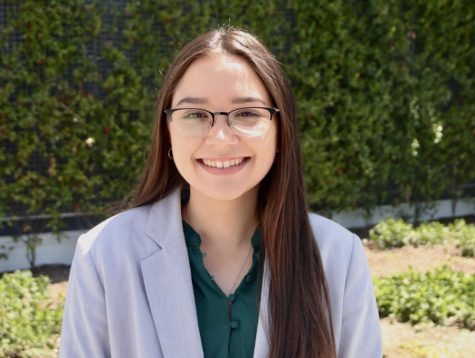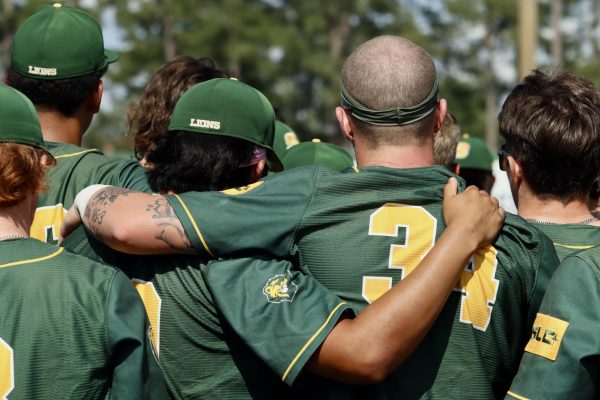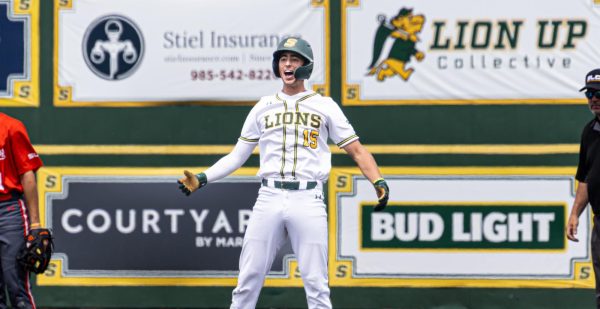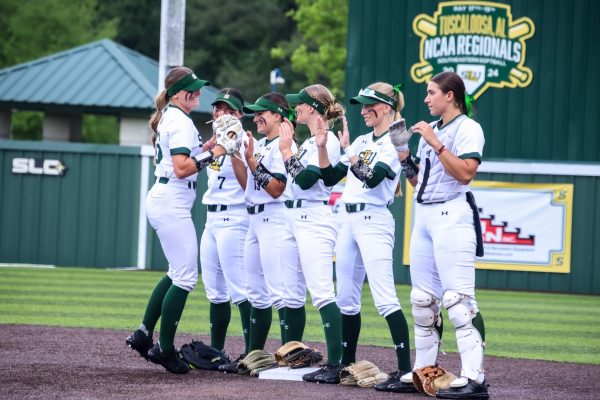Department is developing new concentrations for communication students
Brynn Lundy/The Lion’s Roar
Communication majors will be able to choose from a new variety of concentrations starting next year. The updated concentrations are currently still under review of the curriculum committee.
The department of communication and media studies is updating the concentrations that are available for students seeking to earn a Bachelor of Arts in Communication.
Changes will go into effect next year. There will be four distinct areas from which undergraduates can choose, including Television + Multimedia Journalism, Sports Communication, Strategic Communication, and Corporate Communication + Development. Along with the concentrations, there are new courses that will be available for students to take.
Dr. James O’Connor, head of the department of communication and media studies, explained why the department decided to offer students updated options.
“There was a lot of overlap, and students were not really sure what their concentration was,” said O’Connor. “A lot of people just didn’t have one. We found that students have a specific concentration that they’re striving for, and they also want something that they feel is geared towards a profession and an occupation.”
The university curriculum committee is in the process of approving the concentrations and will then enter them into the catalogue to be available to students.
O’Connor mentioned that Television + Multimedia Journalism is a combination of traditional print journalism and television due to the increase of digitally delivered news.
“The idea is that, in this major, you’re gonna get well-rounded training and education in production of television news as well as production of digitally delivered print news – developing strong writing, technical skills, using a camera, editing, design, sound and that type of thing,” explained O’Connor.
The Sports Communication concentration is geared towards students who want to work in the sports field, whether that is at the professional or college level.
“One of the beauties of this is, we have a Division I athletic program here, and they want coverage of their teams, and we have students who want to do this type of coverage, whether it’s television or newspaper-type coverage,” said O’Connor. “We’re partnering up with the athletic department so that we have a pipeline for students to be working on different productions for them.”
The professor explained that Strategic Communication is more on the business side of the communication field.
“This major is going to be training and educating people who will be working either at media companies, or they could be working at a variety of different business, either nonprofit or profit business, where they’re trying to enhance the mediated image of that business,” explained O’Connor.
Finally, O’Connor described the Corporate Communication + Development concentration.
“This would be people that go to work at corporations, and they’re working and they’re training in development areas,” stated O’Connor. “This will be perhaps one of our smaller concentrations, but it’s kind of an outgrowth of what we’ve had existing up to now – a lot of composition and rhetoric type courses.”
O’Connor has been an instructor of communication for 15 years and was previously a print journalist.
He shared his sentiments on the changing industry and the future of the field of communication and media studies.
“Emerging media is now here today,” claimed O’Connor. “I think that there’s a lot of opportunities for people that have a creative bent, who are interested in news and what’s going on, people who like to tell stories – this is a great major for people like that.”
Your donation will support The Lion's Roar student journalists at Southeastern Louisiana University.
In addition, your contribution will allow us to cover our annual website hosting costs.
No gift is too small.

Brynn Lundy Arriago began working for The Lion's Roar in the fall of 2019, her first semester at Southeastern, and now serves as Graduate Assistant. From...







Rob Dugas • Mar 11, 2020 at 7:39 am
This is a GREAT step forward for the department and for Southeastern! Any student graduating with focused, meaningful knowledge and experience that can be applied immediately in the marketplace will be well positioned to compete for great professional opportunities. Kudos to Dr. O’Connor and Dr. Crain for visionary leadership and courage to create this relevant and timely program.
Rob Dugas
BA Communications, Class of 1986